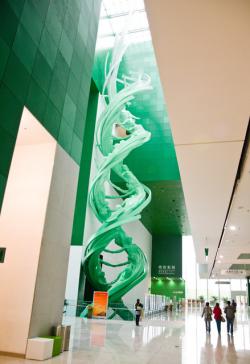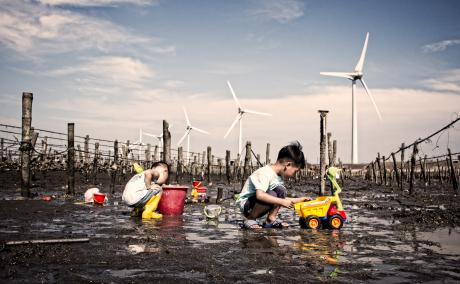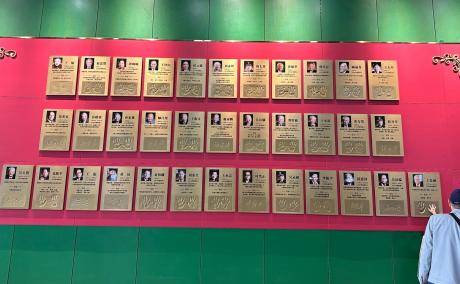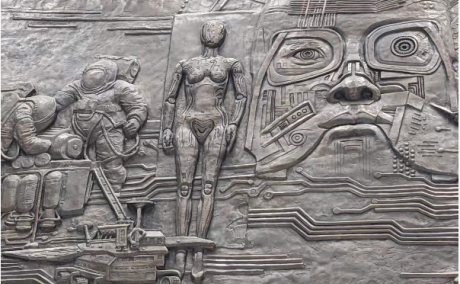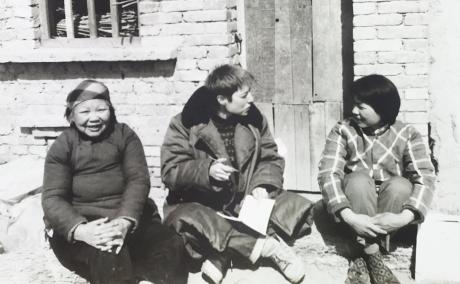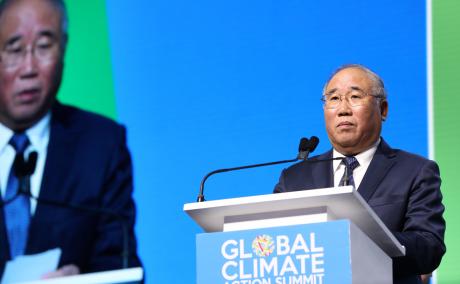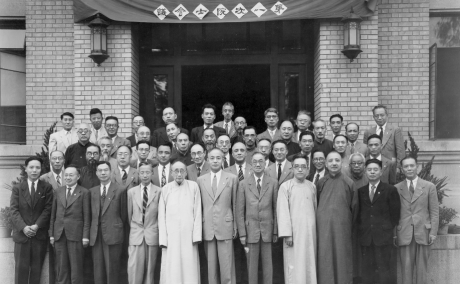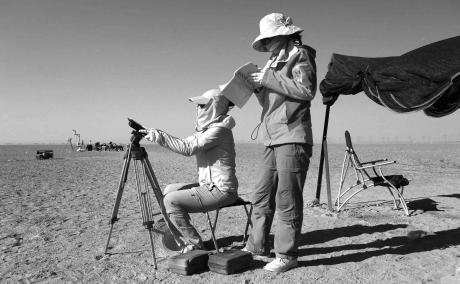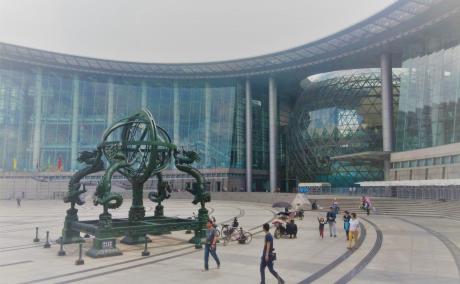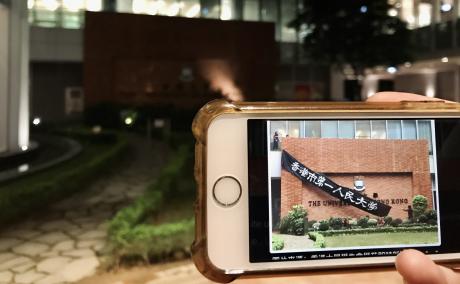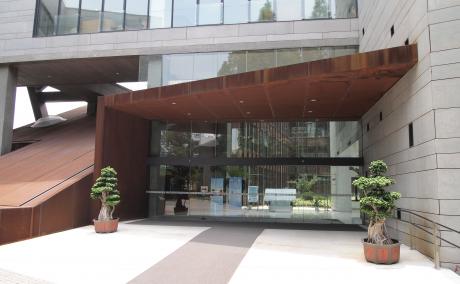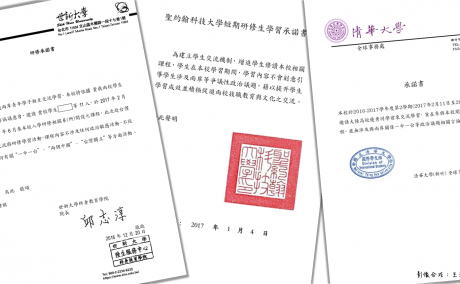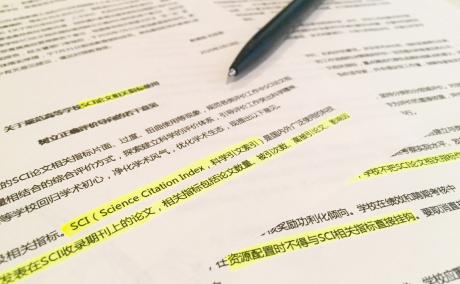Short Working Papers on Science and Society in China and the World
This short paper series presents first observations that warrant a closer look, and reports on ongoing studies by scholars and guests of the Lise Meitner Research Group China in the Global System of Science. Observations analyses seek to encourage the reader’s attention by pointing to gaps in our knowledge, stimulating novel conceptual and theoretical approaches to the detected developments, and asking exciting questions worth pursuing in future research. Including illustrations and links to sources and further reading, they serve as a first resource for a general audience and as inspiration for new research endeavors.

